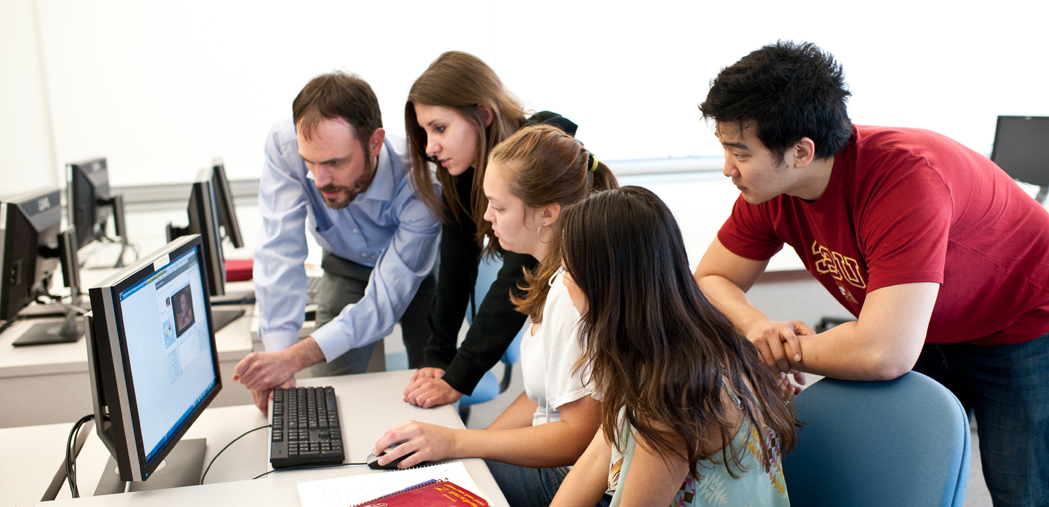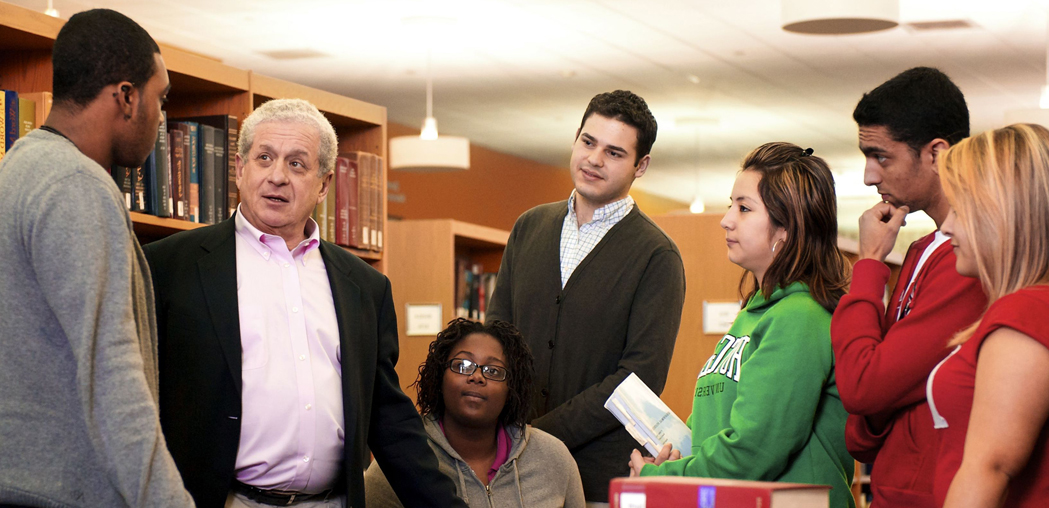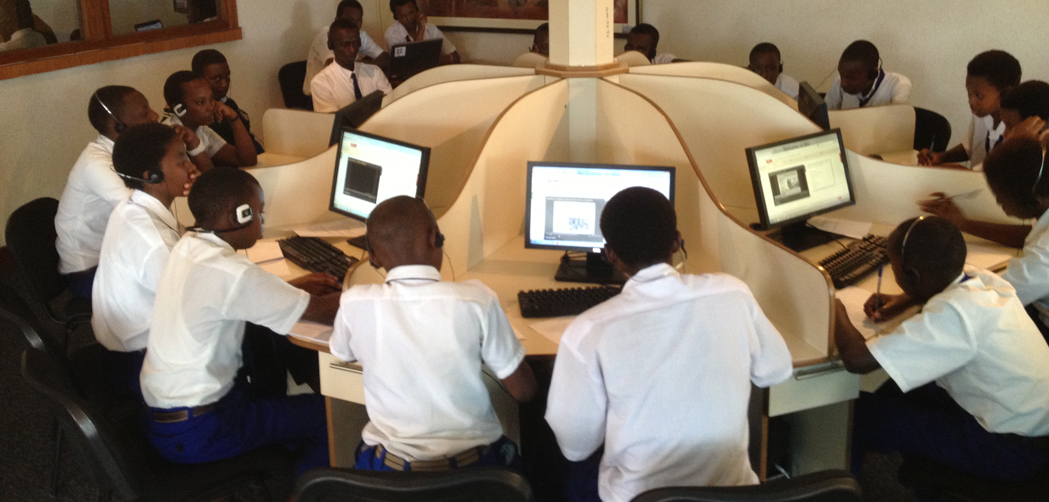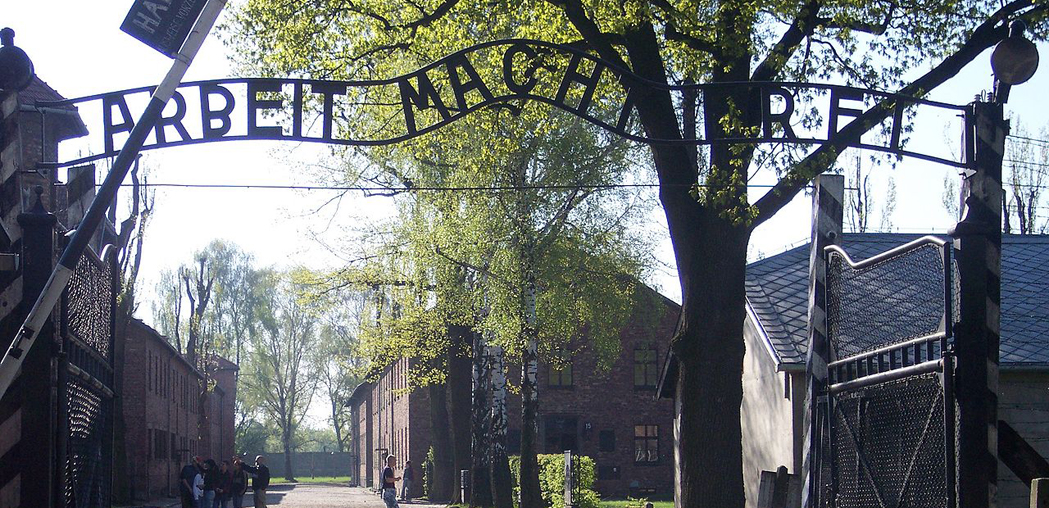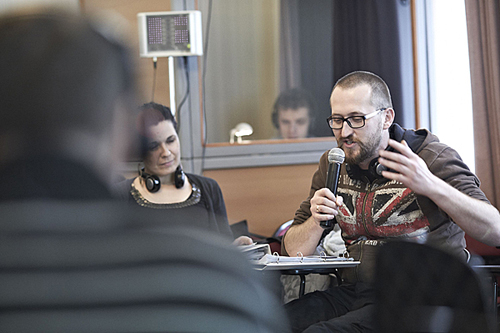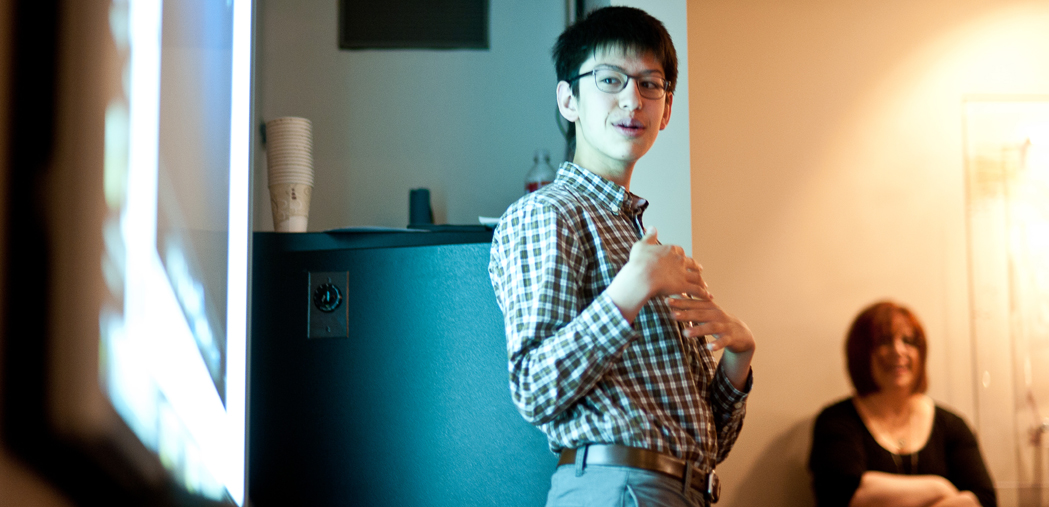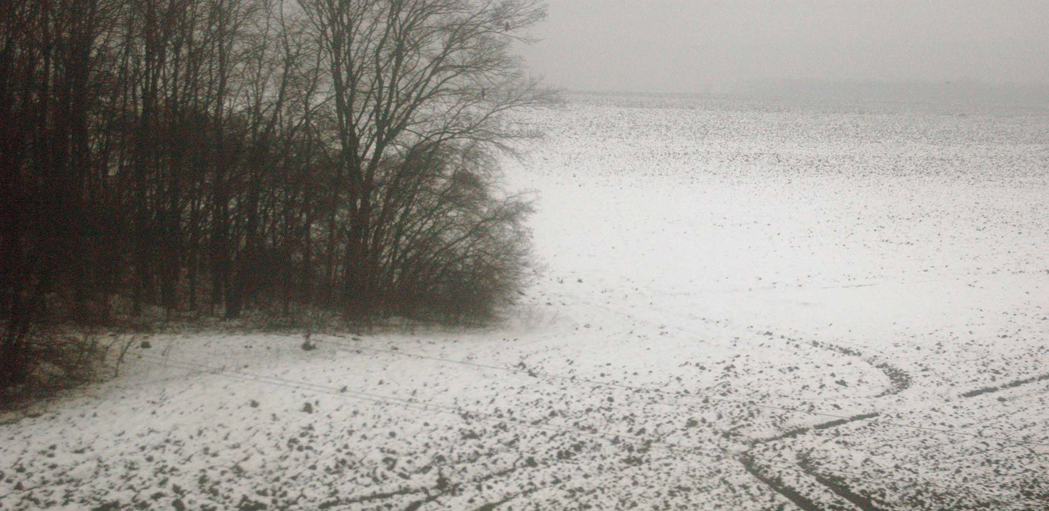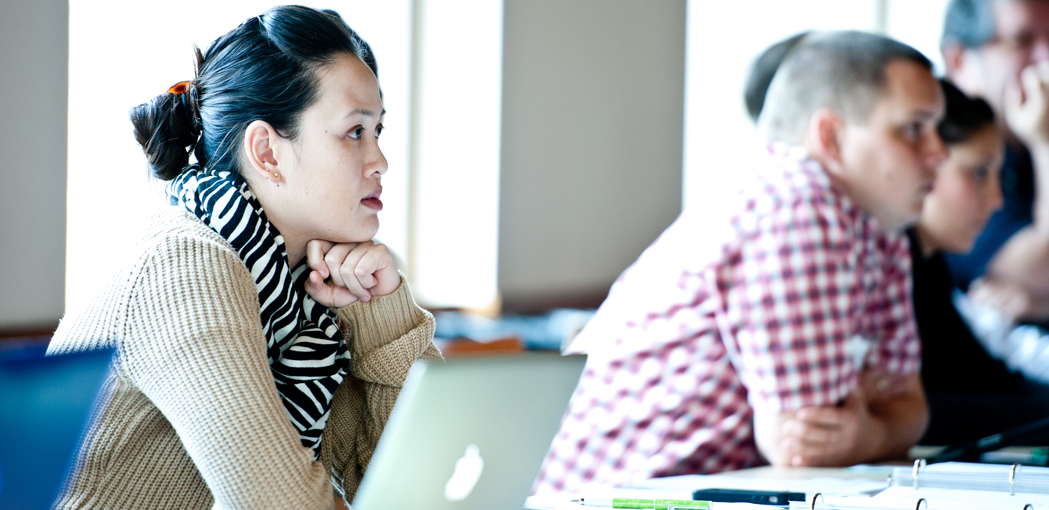I did not sleep well last night. It was not the kind of sleeplessness brought on by jet lag, stress or workload. It is best described as a kind of numbness that leaves one physically discharged, emotionally drained and deeply troubled.
I just completed one the most sedentary days I’ve had in months, just sitting in a chair listening to one of the most intelligent, sophisticated, gentle, yet strong people I know tell me about his life.
The first in-classroom pilot of IWitness in Rwanda will take place next week at Kagarama Secondary School in Kigali.
USC Shoah Foundation’s online exhibit Born in the City that Became Auschwitz is now available in French, Italian, Russian, Slovak, Hungarian, Spanish, Arabic, Polish and Czech. All versions are available here on the USC Shoah Foundation website.
I first learned about Helena Horowitz’s life history when I found her testimony as I searched through the archive in IWitness the Institute’s educational website featuring the testimonies of survivors and other witnesses to the Holocaust and other genocides.
A USC Shoah Foundation exhibit and New York Times article remember that millions of people were murdered not in concentration camps, but in public sites all over Eastern Europe.
Students and educators have multiple opportunities to learn about USC Shoah Foundation and explore the Visual History Archive at Eötvos Loránd University (ELTE) in Budapest over the next few weeks.
